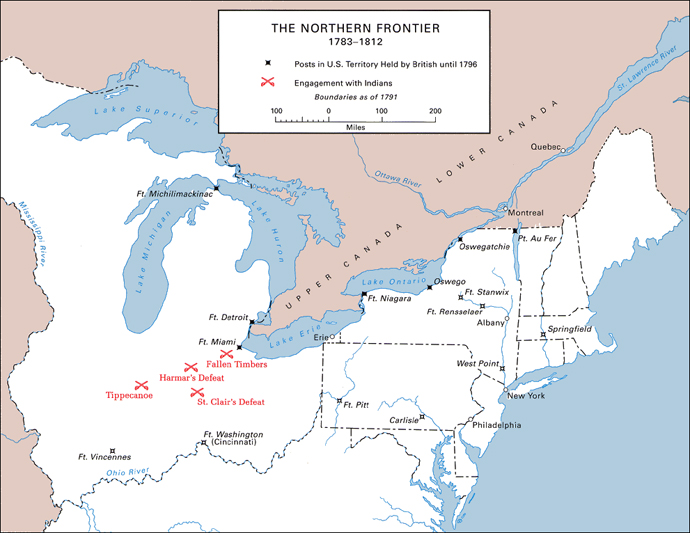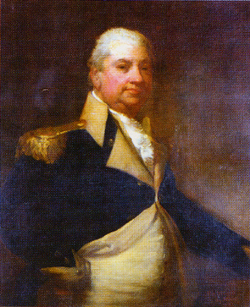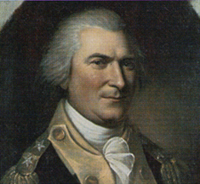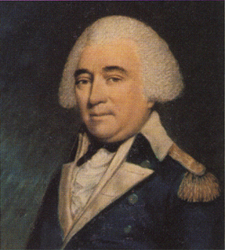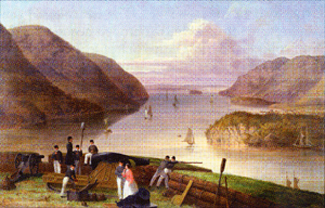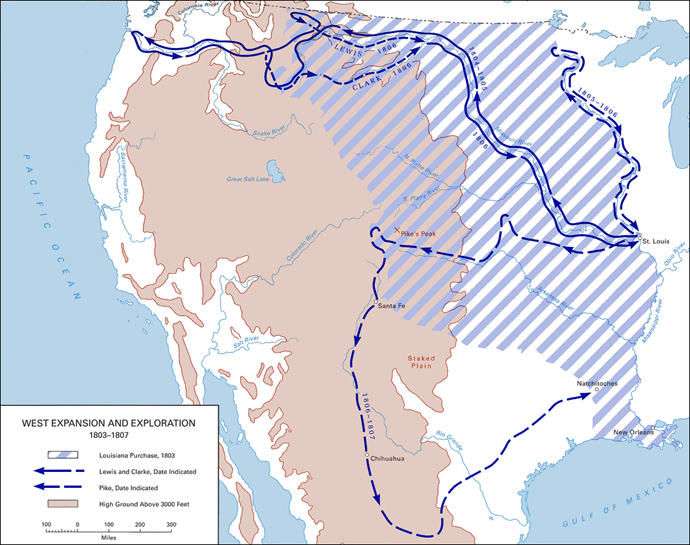![]()
THE FORMATIVE
YEARS
1783-1812
 n September 24, 1783, four days after the signing of the
Treaty of Paris formally ended the war, Congress directed General George Washington to discharge "such parts of the Federal Army now in Service as he shall deem proper and expedient." For the time being, Washington retained the force facing the British at New York and discharged the rest of the continentals. After the British quit New York, he kept only one infantry regiment and a battalion of artillery, 600 men in all, to guard the military supplies at West Point and other posts.
n September 24, 1783, four days after the signing of the
Treaty of Paris formally ended the war, Congress directed General George Washington to discharge "such parts of the Federal Army now in Service as he shall deem proper and expedient." For the time being, Washington retained the force facing the British at New York and discharged the rest of the continentals. After the British quit New York, he kept only one infantry regiment and a battalion of artillery, 600 men in all, to guard the military supplies at West Point and other posts.
The period leading up to this demobilization was a stormy one for the Congress. During the winter of 1782 the Army had grown impatient,
and rumors that it would take matters into its own hands gained credence when several anonymous addresses were circulated among the officers at Newburgh, urging them not to fight if the war continued or not to lay down their arms if peace were declared and their pay accounts left unsettled. In an emotional speech to his old comrades, Washington disarmed this threat. He promised to intercede for them; in the end, Congress gave in to the officers’ demands, agreeing to award the men their back pay and to grant the officers full pay for five years instead of half pay for life. Demobilization then proceeded peacefully, but it was against the background of these demands and threats that Congress
wrestled with a major postwar problem, the size and character of the peacetime military establishment. In the way of most governments, Congress turned the problem over to a committee, this one under Alexander
Hamilton, to study the facts and make recommendations for a military establishment.
The Question of a Peacetime Army
Congress subscribed to the prevailing view that the first line of national defense should be a "well-regulated and disciplined militia suffi-

